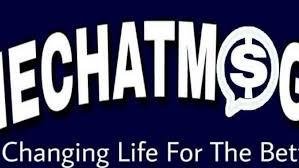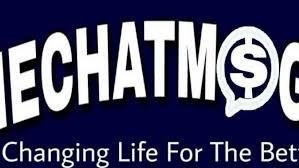The term “biodegradable” often paints a simplistic portrait of packaging dissolving harmlessly into soil. Reality, however, reveals a complex biogeochemical dance—one where the disposable kraft box excels under scientific scrutiny but falters in flawed waste systems. While kraft paper decomposes naturally, its environmental impact hinges on disposal contexts. Industrial composting converts it into nutrient-rich humus within months; landfills, however, trigger anaerobic decay, generating methane—a greenhouse gas 28× more potent than CO₂ . This paradox underscores a critical truth: packaging sustainability extends far beyond material choice into systemic infrastructure and consumer behavior.
Lifecycle analyses expose tradeoffs. Plastic foam production consumes less energy than kraft pulping, yet its persistence in ecosystems for centuries outweighs this initial efficiency . Kraft boxes, conversely, sequester carbon during tree growth and release minimal emissions when composted. Modern manufacturing further narrows the gap: solar-powered factories , electric logistics, and water recycling slash production footprints. The true advantage emerges at end-of-life. When kraft packaging enters composting streams (as mandated in Oregon’s 2025 SB 543 ), it supports circular agriculture—returning nutrients to farms that supply food businesses. Plastic foam, banned in Delaware and Oregon , merely fragments, contaminating soil for generations.
Consumer education becomes pivotal. Despite regulations, many discard kraft boxes in recycling bins contaminated by food residue—a misstep diverting them to landfills. Brands must therefore design for intuitive disposal: minimalist ink prints that won’t disrupt composting, or QR codes linking to local waste guides. Singapore’s zero-waste initiatives exemplify this, pairing hawker stalls with color-coded bins for kraft containers . As municipalities invest in organic processing, the disposable kraft box transitions from waste to resource—closing loops that plastic never could.
Soton confronts biodegradation challenges head-on. Our kraft boxes feature soil-safe vegetable inks and digital disposal instructions, while partnerships with composting facilities ensure circular pathways. By prioritizing systemic harmony over isolated materials, we turn packaging into environmental activism. Align with Soton to build waste-aware value chains where every box nourishes new growth.click www.sotonstraws.com to reading more information.


